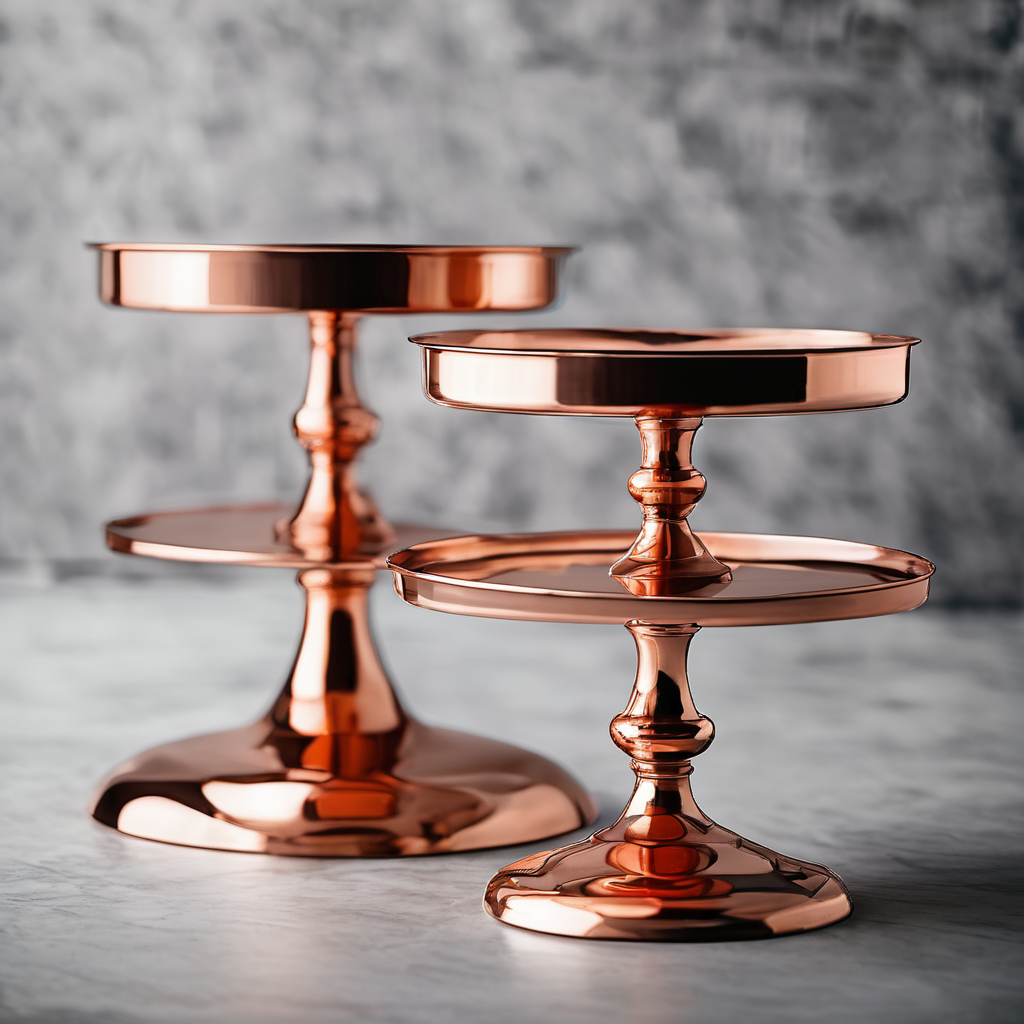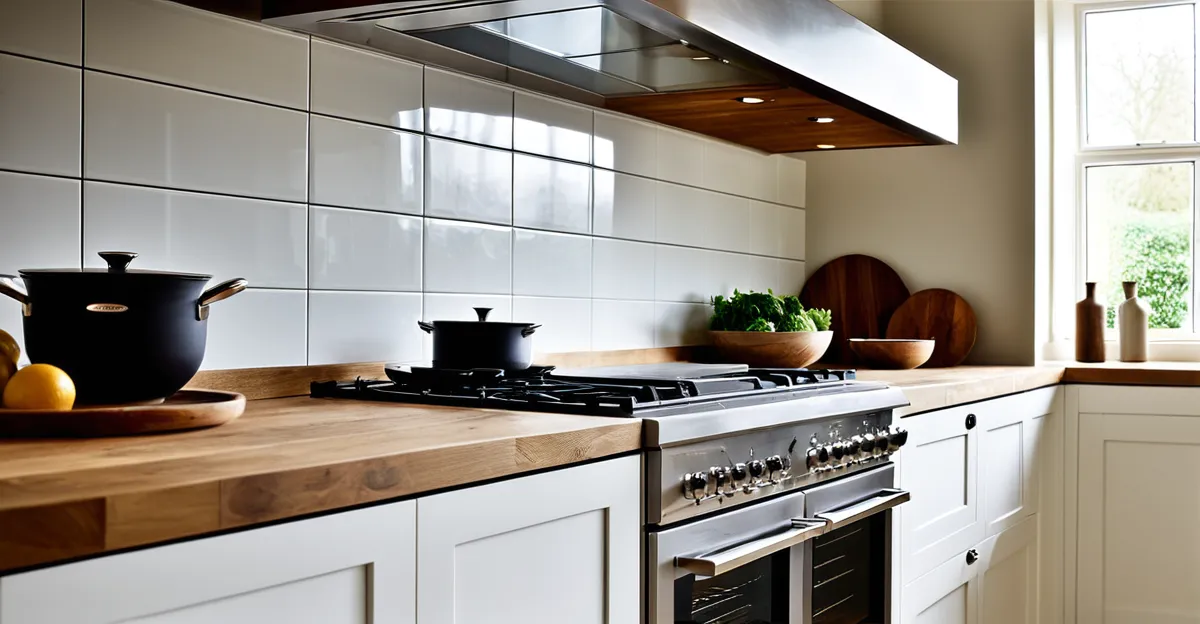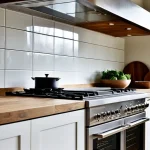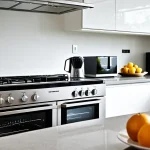Core Influences of British Culinary Traditions on Modern UK Kitchens
British culinary traditions have deeply shaped modern kitchen design across the UK. At the heart of these traditions lies the emphasis on hearty, communal cooking and seasonal produce, which historically demanded functional and practical kitchen spaces. British kitchens once focused on practicality, featuring separate areas for tasks like food preparation, cooking, and storage, influencing today’s kitchen zoning.
The historical context includes the shift from open hearths and wood-fired ovens to modern cooking appliances, but the essence of these traditions persists. Early kitchens incorporated large fireplaces and robust surfaces for intense cooking—elements echoed in the use of durable materials and spacious layouts in current designs.
Topic to read : How Will Future Trends Impact UK Kitchen Designs?
This transition from traditional to contemporary kitchen features reflects changing lifestyles. While traditional kitchens prioritized utilitarian function, modern UK kitchens blend this with ergonomic design and aesthetic appeal. For instance, aspects like broad work surfaces, efficient layout, and integrated storage stem from longstanding needs for organized meal preparation. Thus, British culinary traditions continue to inform modern kitchen structure, blending history with innovation to suit contemporary living.
Traditional Kitchen Features Adapted for Modern Living
Traditional farmhouse kitchens offer rich insight into how British culinary traditions shape modern kitchen design. The farmhouse table, once the hub of family life and communal dining, has evolved into the popular kitchen island. This adaptation maintains the spirit of togetherness while serving practical uses like meal prep and casual seating.
In parallel : How is the UK adapting to the latest kitchen trends?
Larder storage, central to British kitchen history, has transformed into contemporary pantry solutions. Modern pantries preserve the concept of dedicated, cool storage for perishables and dry goods but now prioritize efficiency with organized shelving and climate control.
The Aga cooker, an iconic British appliance, embodies this blend of heritage and innovation. Originally designed for slow, radiant heat ideal for traditional cooking, Aga cookers remain popular, symbolizing warmth and durability in modern kitchens. Current models are more energy-efficient and adaptable, bridging historical cooking styles with today’s environmental concerns.
By integrating these features, modern British kitchens honor their roots while catering to today’s lifestyle demands—displaying practicality, social interaction, and respect for the culinary past.
Design Elements Reflecting Cooking Habits
Modern UK kitchens often embrace the open-plan kitchen design, a clear evolution from traditional compartmentalized layouts influenced by British culinary traditions. This approach enables cooking and socializing simultaneously, reflecting a shift towards more interactive, multifunctional spaces within the home.
Built-in storage solutions are another critical element, drawing from historic needs to keep ingredients and utensils organized. Unlike old-fashioned, bulky cupboards, contemporary design integrates concealed storage that maximizes space without sacrificing aesthetics. This echoes the traditional emphasis on efficient larder storage, reinterpreted for today’s compact kitchens.
Multifunctional workspaces also play a key role. Inspired by the layered tasks involved in British meal preparation, these spaces adapt to various needs—from chopping and mixing to dining and casual gatherings—mirroring the flexibility historically required in farmhouse kitchens. Thus, design elements in modern kitchens directly respond to enduring cooking habits, combining practicality with a welcoming atmosphere that supports both food preparation and communal engagement.
Materials, Colours, and Aesthetics Inspired by British Heritage
British culinary traditions have long influenced the choice of natural materials in kitchen design. Modern UK kitchens often feature durable woods like oak or ash, alongside stone worktops and ceramic tiles, celebrating the rugged practicality of traditional farmhouse kitchens. These materials offer both resilience for daily cooking and an authentic connection to Britain’s culinary past.
Traditional colour palettes strongly guide UK kitchen aesthetics. Muted hues such as sage green, cream, and soft blues evoke countryside charm, aligning with historical kitchen environments where calm, earthy tones softened functional spaces. Such colours enhance warmth and invite relaxation, reflecting the hospitality intrinsic to British kitchens.
Incorporating these elements creates visual continuity that respects heritage while embracing modernity. For example, classic brass fittings complement natural textures, marrying old-world craftsmanship with contemporary style. This thoughtful blend ensures modern kitchen design remains rooted in British cultural identity, reinforcing association with comfort and tradition.
Overall, natural materials and traditional colour schemes remain central to the UK’s kitchen aesthetics, proving that honouring British culinary traditions extends beyond function—it’s about crafting inviting, timeless spaces.
Case Studies and Notable Examples in UK Kitchen Design
Examining UK kitchen trends reveals how heritage kitchens inspire contemporary design choices. Brands specializing in traditional influences often emphasize craftsmanship and use authentic materials, bridging past and present. These producers integrate heritage kitchens aesthetics with modern functionality, creating timeless spaces that respect British culinary traditions.
A comparative analysis highlights a shift from compartmentalized, task-specific rooms toward fluid layouts prioritizing social interaction. While older kitchens focused on isolated work areas, many modern kitchens now embody the openness valued in recent design trends, fostering connectivity alongside cooking.
Notable examples showcase kitchens where classic elements like robust cabinetry and natural wood blends with cutting-edge appliances. These designs honor British origins yet embrace adaptability, meeting current demands for energy efficiency and ergonomic use.
Moreover, future UK kitchen design trends are shaped increasingly by this fusion of history and innovation. Respect for tradition drives materials and layout choices, while evolving lifestyles influence features for convenience and sustainability. Thus, case studies provide concrete illustrations of how British culinary heritage actively informs and evolves modern UK kitchen trends.



